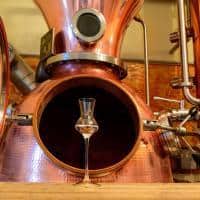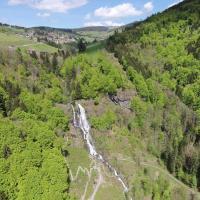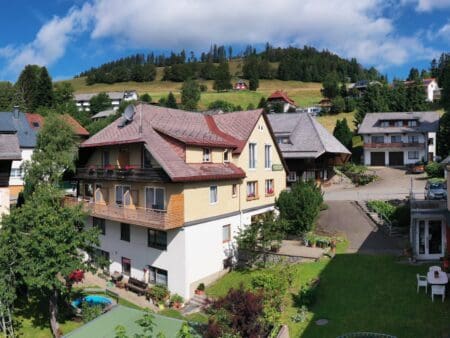In the period between the 18th century and the 20th century, watch production in the Black Forest was of global importance. In fact, wall clocks, alarm clocks and grandfather clocks dominated the domestic market as well as exports abroad. The Black Forest stands like no other region directly for traditional watchmaking.
Traditional watchmaking versus world market
If you just look at the numbers alone, the wristwatches and pocket watches of the region play a subordinate role compared to the powerful watch industry from Switzerland. In the Black Forest, it is all about the clocks. In a digital Mail order company Today everyone has the opportunity to equip themselves with the right accessories and pieces of jewelry as well as high-quality watches. But more and more consumers are interested in the manufacture, history and the path that watches have taken in Germany.
When were the first clocks produced in the Black Forest?
It is not that easy to find out when watch production started in the Black Forest. If you look up early clock history yourself, you will find names here, such as Pastor Markus Fidelius Jäck from 1810 and Franz Steyrer from 1796. Both are very well-known clockmakers who come from the Black Forest. However, this information is still not certain. What is relatively certain is that the first Black Forest wooden watches were produced around the second half of the 17th century. At that time, however, the armed conflicts prevented an expansion of production.
Black Forest watchmaking
In the following centuries, the main focus was on wooden clocks, which had their tradition primarily in rural areas. Wood was used as the basic material for the construction of the clocks. This was due to the legal requirements, according to which metals were primarily reserved for city watchmakers. The craft of wooden watchmaking was unrestricted and therefore free. In principle, anyone was allowed to make wooden watches back then. On the long and dreary winter evenings, the people of the Black Forest went about their craft and combined their own romantic ideals with watchmaking. This helped them achieve unimagined, worldwide success. Today they are standing Black Forest clocks for an entire region and history.
The development of watch production in the Black Forest
The development only stagnated in the 18th century. In the years around 1840 there were around 1.000 watchmaker's houses in the Black Forest region, in which 5.000 people worked. In this way, around 600.000 wooden clocks could be made every year. Which actually corresponds to the majority of the worldwide production of wooden clocks. From around 1880 the watch industry relocated to the the Württembergische Black Forest. Schwenningen and Schramberg became world centers for the watch industry. The most famous companies in this region include Mauthe, Kienzle and Junghans.
One reason for the rise of this watch production was above all the innovation in the production method and the development of new watch forms. For example, the alarm clock in a metal housing was developed around 1900. It stands as one of the essential examples of the Black Forest watch industry. Contrary to the common development, the focus here is on industrial mass production, following the example from the USA.
What about watch production in the Black Forest today?
To this day, a large part of this watch production has declined from then. While in 1970 32.000 people were still employed in the Black Forest watch industry in the Black Forest, in 2009 there were only just under 1.400 people. The last manufacturers of mechanical watch movements include the company Josef Kieninger and the watch factory Hermle. SBS-Feintechnik is one of the last manufacturers for the mechanical clockworks for a cuckoo clock left over and has its headquarters in Schonach. If you would like to get your own impression of the traditional and long history of watches today, you can visit the German Watch Museum in Furtwangen visit. Some Black Forest clocks from earlier years are exhibited here. At the same time, today a circular route connects the German watch street a memorial for the Black Forest clocks and many important places of clock production.













